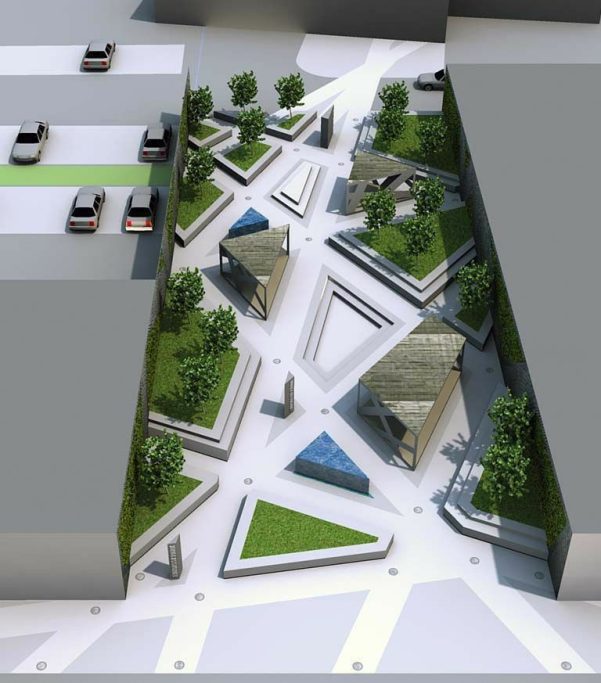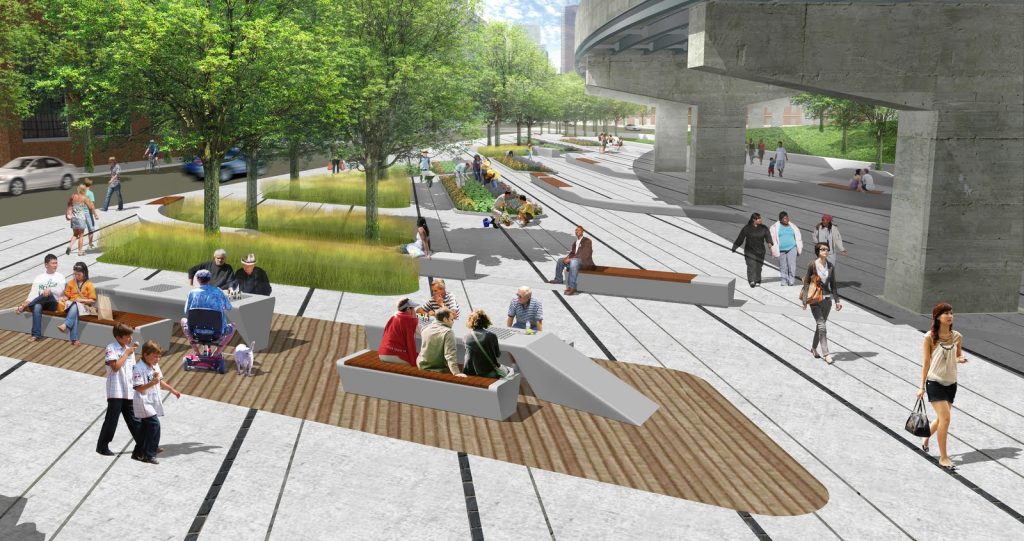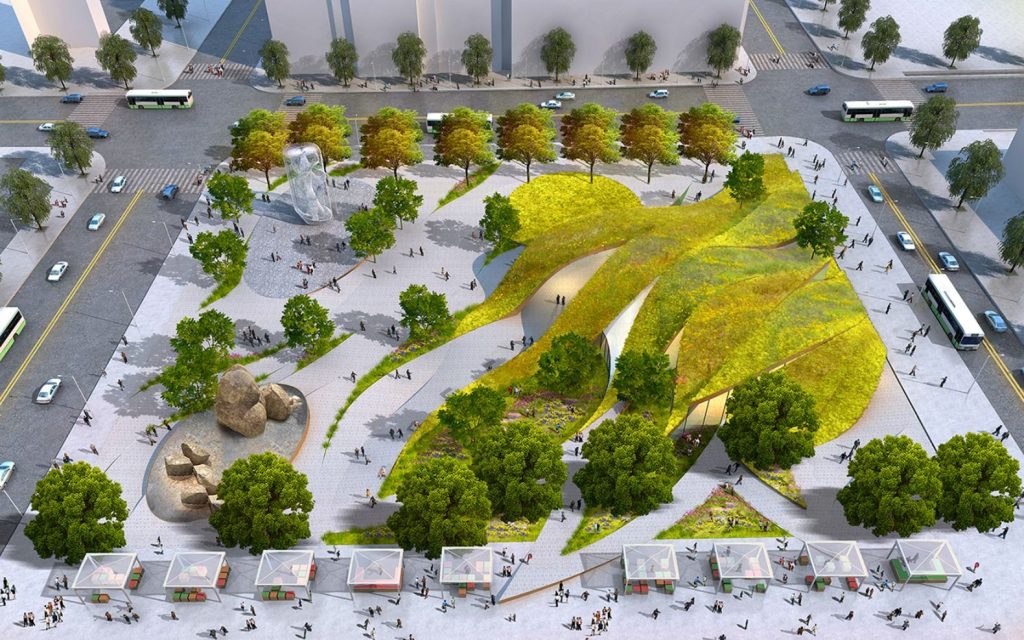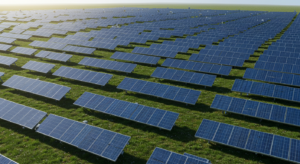Introduction
In the age of urbanization, urban public spaces have emerged as vital elements in shaping the quality of life and sustainability within cities. From plazas and green corridors to vibrant street space, public spaces play an essential role in sustainable urban design. This article delves into the transformative impact of public spaces and the potential they hold for improving the urban environment.

1. Public Spaces: The Heart of Urban Life
A. Importance of Public Space in Urban Areas
Public spaces, including plazas and parks, contribute to the vitality of urban life. They offer places for people to interact, thus fostering a sense of community.
B. Green Public Spaces and Biodiversity
Green spaces like urban parks promote biodiversity and enhance the quality of urban landscapes, making cities more resilient.

2. Impact on Quality of Life and Wellbeing
A. Enhancing Quality of Life
The value of public space in enhancing the quality of public spaces is well-recognized. Quality public spaces increase urban dwellers’ satisfaction, leading to a better standard of living.
B. Reducing Heat Island Effect
Urban green spaces, through vegetation, help mitigate the heat island effect, improving the urban climate.
3. Economic and Environmental Sustainability
A. Sustainable Development Through Public Spaces
Public spaces are also essential for sustainable development in cities. They contribute to both social and environmental aspects, boosting the economy and society.
B. Green Corridors and Urban Mobility
Green corridors play a role in urban regeneration, promoting urban mobility and reducing transportation issues and problems.
4. Design and Architecture of Public Spaces
A. Universal Design and Sustainable Design Principles
The design of public spaces must adhere to principles like universal design, creating spaces for people of all abilities.
B. Case Studies and Project for Public Spaces
Several case studies, including projects by organizations like Project for Public Spaces, demonstrate how public areas can be designed to improve the quality of life.
5. Challenges and Opportunities in Public Space Development
A. Gentrification and Urban Development
The development of urban spaces sometimes leads to gentrification. Urban planners must maintain public spaces in order to increase inclusivity.
B. Engaging Residents and Businesses
Encouraging people to take ownership of public spaces enhances the relationship between people, residents, and businesses.
C. Licensing and Regulations
Spaces must be licensed under a creative commons or regulated by bodies like the Department of Transportation to ensure proper use and order.
6. The Future of Public Spaces in Sustainable Cities
A. Role That Public Spaces Play in Future Cities
Increasing space for green areas and urban parks can make cities better places to live, influencing quantitative and qualitative aspects of urban life.
B. Technology and Engineering in Public Space Development
The integration of advanced engineering and technology will define the future of public spaces, including social spaces and street space.
Conclusion
Public spaces, as places of encounter and social and economic hubs, are paramount to the sustainable growth of urban areas. The role of public spaces in the development of urban centers goes beyond aesthetics; it’s about creating spaces that nourish wellbeing, enhance resilience, and foster a sense of belonging.
Through careful planning, design, and collaboration between various stakeholders, we can continue to transform public spaces into thriving, sustainable components of our cities. Let’s continue to create and maintain public spaces that truly serve the people who use them and reflect the rich tapestry of urban life.




